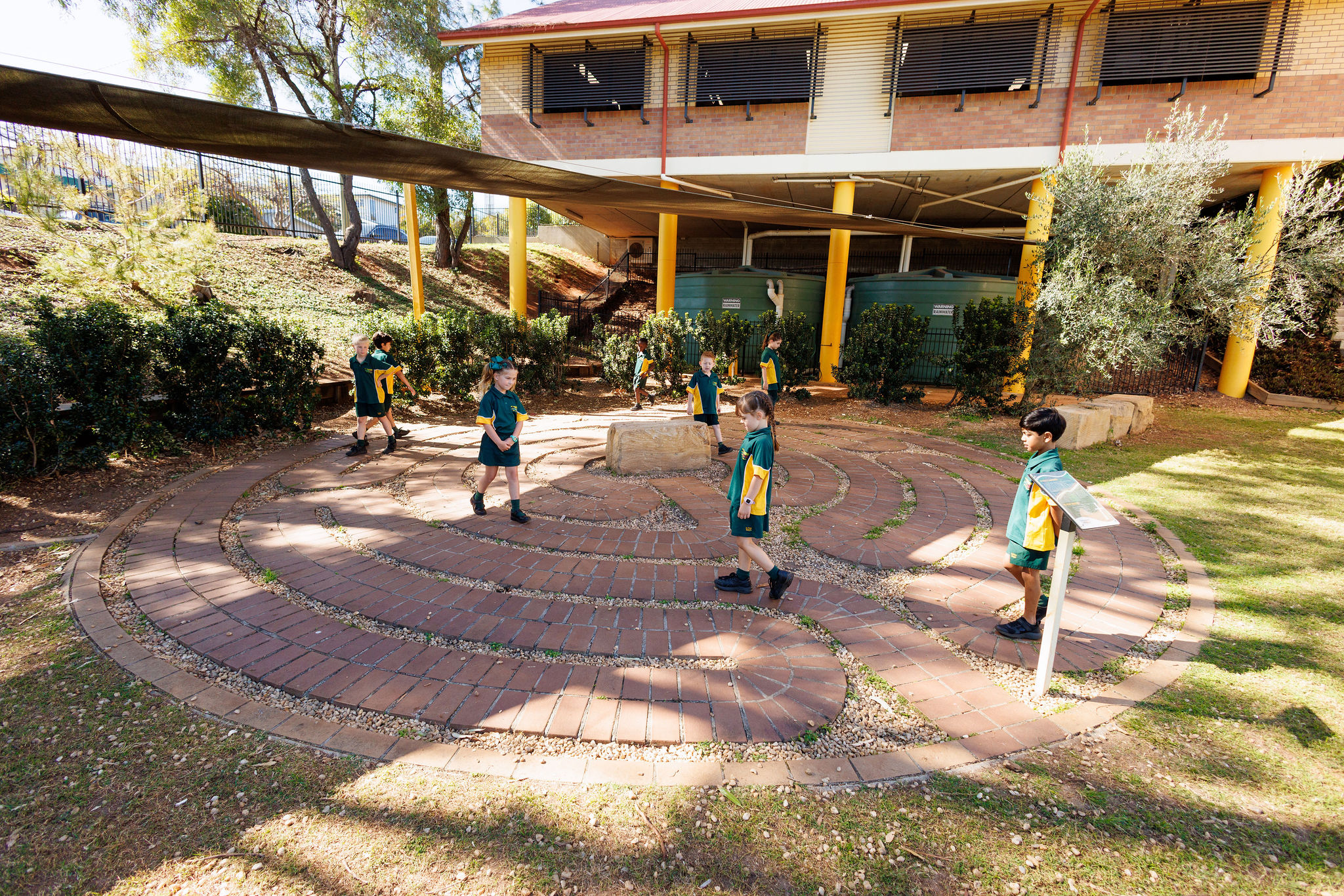Jesus Christ is central to understanding Christianity. Knowledge and skills of staff and students in dance, drama, digital technologies, music and visual arts are utilised to effectively communicate and promote elements of the religious identity and culture of the school. The school is called to be a real and living expression of the Church's pastoral mission in the world. A true test of the school’s authentic identity and culture is the extent to which the Church is present in the school and the school is present in the Church.
The curriculum (i.e. all the activities and experiences that promote students' learning and development as whole persons) is also an expression of the school's religious identity and culture. All areas of learning contribute to the religious identity and culture of the school. It cannot be left to the classroom religion program to be the only learning area that contributes to the school's religious identity and culture.
The three elements of the Religious Identity and Culture are:
- ethos and charism
- authentic Christian community
- sense of the sacred
Ethos and Charism
At St Pius School ethos and charism are expressed in the following ways:
- Promoted elements associated with the ethos and charism of the school (e.g. values and sayings of St Mary MacKillop)
- Incorporated prayers associated with the school’s charism in ritual and liturgy (Prayers to Mary)
- Promoted sense of continuity and development related to ethos and charism through the incorporation of historical material (Parish centenary celebrations 2016; traditional prayers)
- Public recognition to the commitment of role-holders within the school community (School Officer’s Day; Teachers’ Day; blessings of support at times of bereavement or illness)
- Promoted school charism and ethos (newsletter, school website)

© Brisbane Catholic Education, St Pius School (2025)
Authentic Christian Community
- Welcome, encourage and support the participation of families in the life of the school (P & F social events e.g. Mother’s Day disco, trivia night and assemblies)
- Recognise and celebrate the everyday moments of people’s lives (baby blessing and gift for new babies, birthdays each week on assembly, year levels on the school parent portal recording moments in the daily life of the school)
- Practice of welcoming new visitors to the school (Year 6 leader tours of the school, Parent Handbook)
Sense of the Sacred
- Establish practices and procedures for movement from secular spaces to readiness for prayer (meditation chimes for Christian Meditation)
- Identify and source suitable resources for creating an aesthetic environment (artwork, symbols and artefacts around the school)
© Brisbane Catholic Education, St Pius V Primary School Banyo (2023)